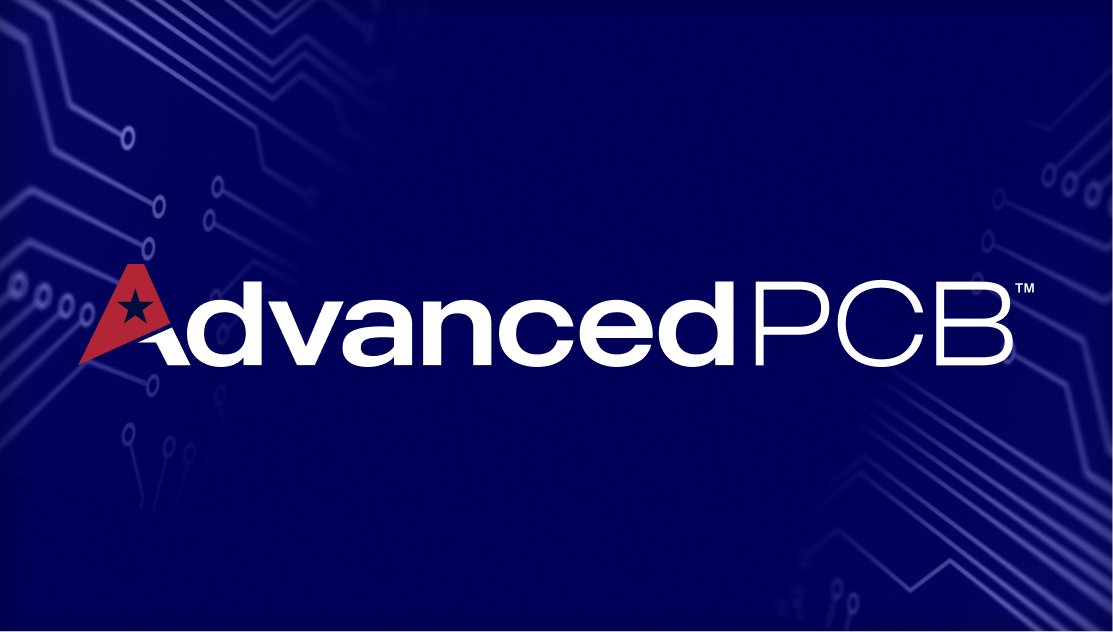Understanding the Difference between PCB prototyping and Full Spec Production

Printed Circuit Board manufacturers such as AdvancedPCB offer two main types of services- Printed Circuit Board Prototyping (PCB) and full spec production. But what exactly do these mean, and what does each have to offer?
PCB Prototyping
PCB prototypes are the first samples of products that are built with the primary aim of testing the functionality of the design ideas. Designers and engineers use different types of PCB prototypes to test various aspects of a selected design.
Advantages of PCB Prototyping
PCB prototypes help speed up the process of developing a PCB design through visual assistance, complete testing, and minimizing the amount of rework required. Prototyping gets rid of guesswork by allowing engineers to quickly and accurately identify problems.
Disadvantages of PCB Prototyping
While there are not many cons regarding PCB prototyping, it is fully dependent on how you choose to prototype the board design. Most challenges arise when using a breadboard. The breadboards often have limitations compared to using software to prototype. They are not a good option for those working on a design that requires a high voltage, or one that is very complicated. It becomes difficult to map what you are doing, which could lead to challenges along the road.
Full Spec Production
Once the engineering and design team are satisfied that the basic prototypes are working to their expectations, they can opt to make enhancements to the design to increase efficiency. Full spec production means that the team is making the actual board that will be used in your applications.
Advantages of Full-Spec Production
If there is already an existing design in place to work from and you have determined that it is okay for use, numerous preliminary tests are not needed. Instead, you can go ahead and use high-end materials to make the boards. This gives you numerous options to select from. You may also incorporate advanced features.
Disadvantages of Full Spec Production
The main demerit is that the process takes a bit longer. This is because the production team is tasked to work with more volume than when doing a small patch assembly job. Secondly, you may end up spending more money to eliminate potential errors.
The Bottom Line
Understanding the key differences between PCB prototyping and full spec production allows you to determine the process that will be the best fit for you at a particular time. At AdvancedPCB, we offer both PCB prototyping and full-spec production. To learn more about our services and products, contact us today.

AdvancedPCB
Related Posts

Future trends of the circuit board

2-Layer vs. 4-Layer Printed Circuit Boards



